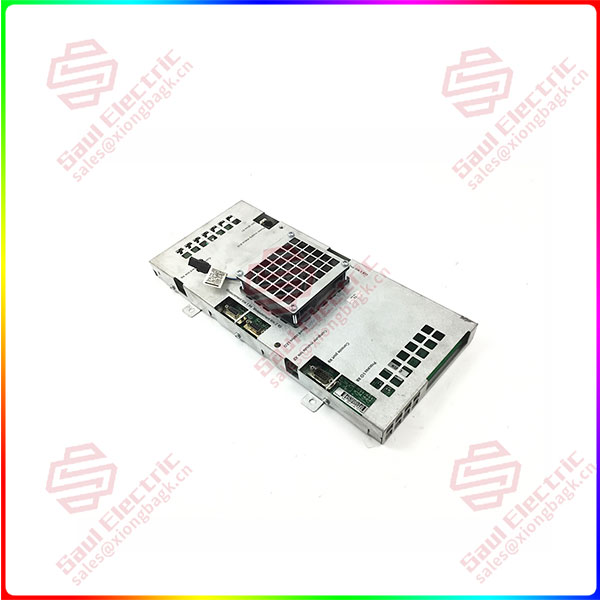From the production floor to the supply chain, the digital transformation of the food and beverage industry is accelerating
At present, the food and beverage industry is promoting digital transformation in multiple forms and initiatives. But there are two key elements that each form provides: the ability to collect data on the one hand, and the ability to analyze data with the goal of improving efficiency and sustainability on the other. According to the report, about 75% of food and beverage companies have achieved improvements in key performance indicators across different business areas through digital transformation initiatives. Based on powerful data collection and analysis capabilities, digital technology will help the food and beverage industry continue to move towards efficient and sustainable development.
The digital transformation of the food and beverage industry is reflected in many aspects. One can be seen in the widespread migration of enterprise resource planning (ERP) from on-premises systems to the cloud. In the IDC survey, a quarter of respondents are moving or have already moved ERP to the cloud, and another 25% are currently investigating the possibility of moving.
Second, digitization makes the operation of the factory floor more efficient and can also directly save electricity and other energy costs. There are many ways to improve the efficiency of food and beverage plant floors through digital means.

DSQC601
Some IDC survey respondents (39%, the highest percentage) believe that the application of artificial intelligence (AI) will have the greatest impact on their organizations.
Food and beverage manufacturers are also actively deploying technologies such as digital twins and the Internet of Things (IoT) and the Industrial Internet of Things to digitize production lines.
Robotics is one example of the digital transformation of the factory floor across the food and beverage industry, and its role is only increasing. According to IDC, more than one in five (21%) respondents believe this technology will have the greatest impact on their company over the next five years.
Third, digitization is not only happening on the factory floor, but also throughout the supply chain of food and beverage manufacturers. Digital transformation not only facilitates supply chain traceability, but also provides visibility into consumer behavior, enabling companies to better understand the quantities and types of products actually consumed, thereby improving decisions related to sustainability. Only through end-to-end monitoring of the entire supply chain can the actual carbon footprint of a product be truly measured.
The report also points out that enterprises still face many obstacles in the process of actually advancing digital transformation. For example, some personalized and customized production often cannot be mass-produced due to lack of sufficient market demand, so it is not economically feasible; After opening up the “information island” between various systems, enterprises often lack a clear data sorting and analysis strategy, resulting in “data indigestion” phenomenon; More importantly, many companies lack the professional talent and skills to plan, implement and monitor change to ensure the successful implementation of digital transformation, which is a major obstacle for enterprises to carry out digital transformation, not only to find the right digital talent, but also to integrate experts into the manufacturing and operations ecosystem, and communicate with the frontline staff in the business area. Analyze your business to find opportunities to improve efficiency and optimize performance.
For food and beverage companies looking to digitally transform to operate more efficiently and sustainably, the report also provides some benchmarks that can be translated into practice. This includes developing the right people, implementing a well-defined long-term strategy, creating a roadmap for change, fostering and supporting a culture of continuous learning, identifying and sticking to priorities, tracking progress, and seeking and developing partnerships.
 1 Year Warranty
1 Year Warranty





